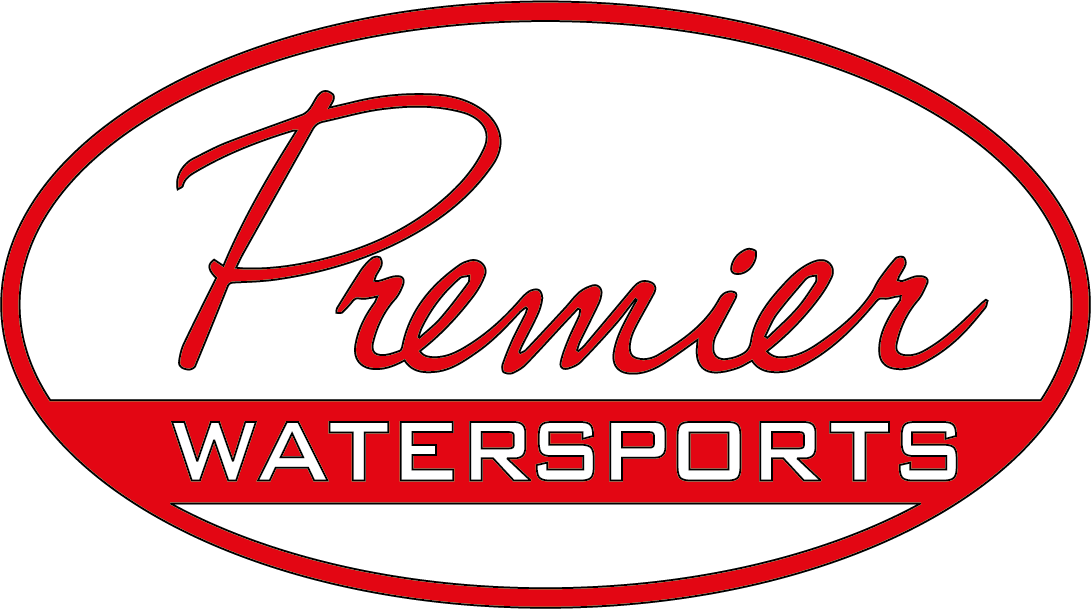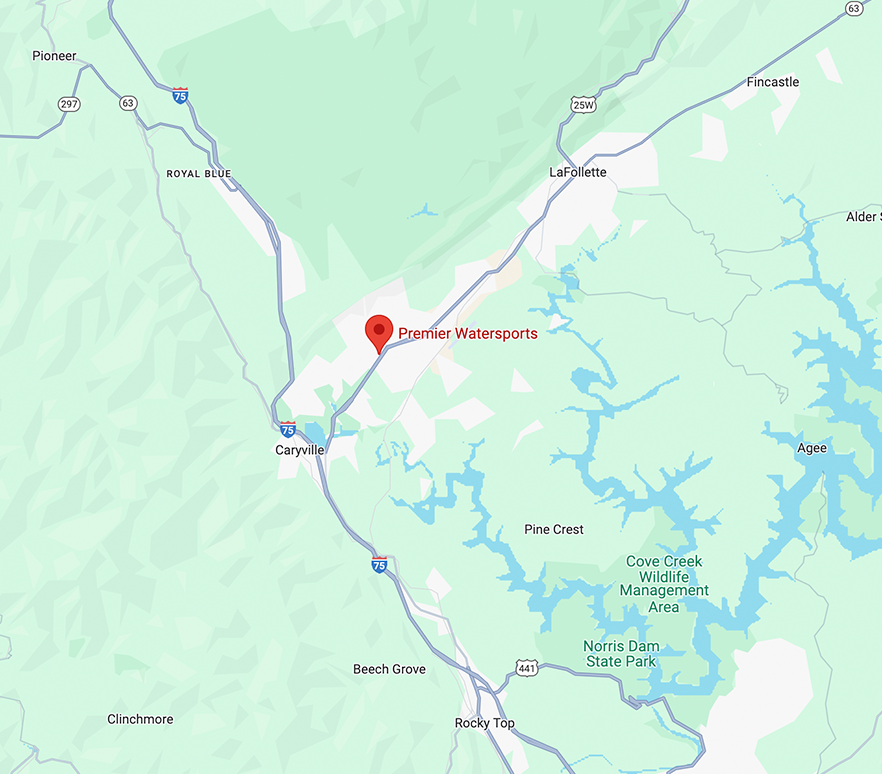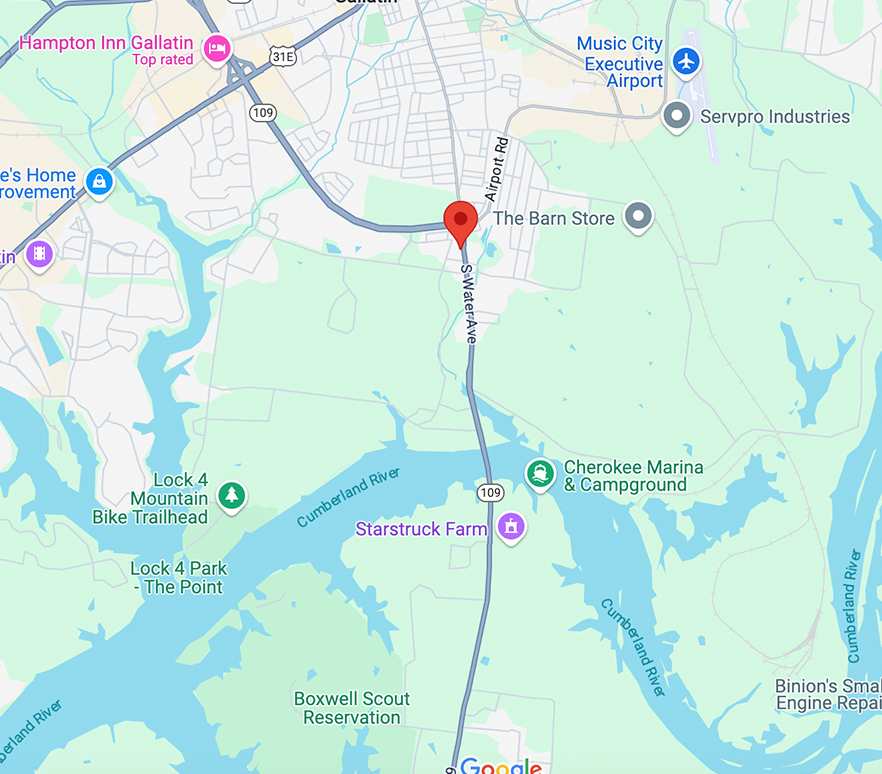Buying a boat involves several key steps to guarantee you make the best choice. Start by evaluating what activities you plan to enjoy, like fishing or cruising. Set a realistic budget that includes maintenance and storage costs. Decide between new and used boats, and always conduct a thorough inspection. Explore financing options based on your credit score and down payment capacity. Finally, review the purchase agreement carefully before closing the deal. Regular maintenance is vital for long-term enjoyment. Keep going to uncover more tips and details to make your boat ownership experience smooth and satisfying.
Key Takeaways
- Determine your boating activities and choose the right boat type, size, and specifications to meet your needs and local regulations.
- Set a realistic budget that includes purchase price, maintenance, insurance, storage, and fuel costs.
- Decide between new and used boats, considering factors like depreciation, financing options, and the importance of a marine survey.
- Secure financing by improving your credit score, comparing lenders, and preparing necessary documentation for loan approval.
- Review the purchase agreement, confirm delivery details, and ensure proper maintenance practices are in place for long-term boat ownership.
Choosing the Right Boat Type
When it comes to choosing the right boat type, how do you know which one fits your needs? Start by evaluating activities you plan to do—fishing, cruising, or water sports—since these will guide your choice between powerboats, sailboats, or human-powered vessels.
Consider boat size, too; larger boats handle unpredictable waters better and accommodate more passengers. Evaluate hull designs like planing or displacement, as they impact performance and stability.
Research local waterways to guarantee your selected boat complies with depth and width requirements for safe navigation. Finally, understand engine types and propulsion systems; for instance, outboard motors are great for trailerable boats, while inboard engines excel during long-distance cruising. Additionally, if you are interested in water sports, consider Moomba Boats as they are specifically designed for activities like wakeboarding and surfing.
Setting Your Budget
When setting your boat budget, you need to contemplate not just the purchase price but also ongoing costs like maintenance, storage, and insurance. Exploring financing options can help you find the best terms for your situation, so don’t skip that step. Make sure you assess total ownership costs to avoid any surprises down the line. Additionally, consider the boat size appropriate for beginners, as this can influence both the initial purchase and ongoing maintenance costs.
Assess Total Ownership Costs
Understanding the total ownership costs of a boat is essential for setting a realistic budget, as it goes beyond just the purchase price.
When budgeting for boat ownership, factor in the following ongoing costs:
- Maintenance: Expect to spend about 10% of your boat’s value annually.
- Annual Insurance Premiums: Typically range from 1% to 5% of your boat’s value, influenced by your location.
- Storage Costs: Marina fees can vary from $5,300 to $14,400 yearly, depending on amenities and location.
- Fuel Expenses: Marina fuel prices often exceed regular gas station prices by $2 to $3 per gallon.
Don’t forget to also account for registration and personal property taxes to guarantee effective budgeting for your boat.
Explore Financing Options
As you begin your journey into boat ownership, exploring financing options is essential for setting your budget and ensuring you make a sound financial decision.
Start by considering various financing options for boats, including loans from marine lenders, banks, and credit unions. Typically, down payments range from 10-20% of the boat’s total price.
Monthly payments for entry-level boats can be around $250 to $300, depending on the loan term and interest rates, which vary based on your credit score.
Use a Boat Loan Calculator to determine what you can afford, and gather necessary documentation like tax returns and bank statements when applying for a loan.
Don’t forget to compare different lenders to secure the best deal on your Boat Loan!
New vs. Used Boats
When you’re weighing the choice between new and used boats, cost is a major factor to contemplate.
New boats come with warranties and the latest features, but they often require a bigger investment.
On the other hand, used boats can be more affordable upfront, though you might need to factor in potential maintenance and repairs. Additionally, considering the triple ballast system in newer models like the Yamaha 222XD can enhance your water sports experience compared to older used options.
Cost Considerations
Deciding between a new or used boat involves weighing various cost considerations that can considerably impact your budget.
Here are some key factors to keep in mind:
- Initial Cost: New boats can be 20-50% more expensive than used boats, affecting your buying process.
- Depreciation: New boats lose 20-30% of their value in the first few years, making used boats a more stable investment.
- Financing Options: New boats may offer longer loan terms and lower rates, while used boats might come with shorter terms and higher rates.
- Insurance Costs: New boats often require higher premiums, whereas used boats can be insured at a lower rate, impacting your total cost of ownership.
Always consider a marine survey for potential hidden repair expenses.
Maintenance and Repairs
After evaluating the cost considerations of buying a boat, it’s important to think about maintenance and repairs, which can greatly affect your overall investment.
New boats usually come with warranties, offering peace of mind against unforeseen issues, while used boats often demand immediate repair costs due to prior wear and tear.
Regular maintenance is essential for both types, with annual upkeep typically ranging from 1% to 5% of the boat’s value.
Before buying a used boat, always get a thorough inspection by a marine surveyor to uncover hidden problems.
Understanding the maintenance history and checking the upkeep records can also help you avoid costly repairs later, as boats with consistent maintenance generally have lower repair costs and higher reliability.
Warranty and Insurance
Understanding the differences in warranty and insurance coverage between new and used boats is essential for making an informed purchase. New boats typically offer warranties that last one to five years, ensuring protection against defects.
Used boats often lack such warranties, so consider extended service plans for added coverage.
When evaluating warranty and insurance, keep these points in mind:
- Warranty Length: New boats usually come with a set warranty period.
- Insurance Costs: New boat insurance generally ranges from 1% to 5% of the value.
- Financing Requirements: Lenders often mandate thorough insurance for both new and used boats.
- Exclusions: Review insurance exclusions, as used boats may face unique risks like wear and tear.
Boat Specifications and Features
When considering a boat, knowing the specifications and features is essential for making an informed decision. Key factors include boat size, which affects capacity and safety, and the Length Overall (LOA), impacting seakeeping ability. Keep the beam under 8.5 feet for easy road transport.
Here’s a quick comparison of important specifications:
| Specification | Importance |
|---|---|
| Draft | Guarantees safe marina access |
| Air Draft | Determines bridge clearance |
| Engine Choice | Affects speed and maintenance needs |
Different hull designs—planing, displacement, and semi-displacement—each offer unique performance. Consider these details carefully to guarantee your boat meets your needs while minimizing maintenance requirements.
Financing Options and Loans
Choosing the right boat involves not just specifications and features but also financing options that suit your budget.
Here’s what to evaluate when looking into boat loans:
- Credit Score: Aim for a score of 740+ to secure favorable interest rates.
- Down Payment: Expect to put down 10% to 20% of the purchase price.
- Interest Rates: Marine financing often offers better rates than traditional banks, typically around 7.25% for a 20-year term.
- Documentation: Be prepared to submit two years of tax returns and current bank statements for loan approval.
Inspecting and Testing Boats
How can you assure you’re making a sound investment in a boat? Start by thoroughly inspecting major components like the engine, steering, and electrical systems to identify any potential issues.
Don’t hesitate to hire independent marine surveyors for unbiased assessments of used boats; they can reveal hidden problems you might miss.
Schedule sea trials to test the boat’s performance under full load conditions, confirming it meets your speed and handling expectations.
Document your findings from inspections and trials for easy comparison between different boats.
Remember to test drive multiple options to assess various features, comfort levels, and overall suitability for your intended activities on the water.
Taking these steps will help assure you’re making a wise choice.
Closing the Deal
When you’re ready to close the deal, make certain you thoroughly review the purchase agreement to catch any additional costs like dealer fees and taxes.
You’ll also want to confirm the delivery process and timeline with the dealer so you know exactly when your boat will be ready for you.
Understanding these details guarantees a smooth shift into boat ownership.
Additional Costs Considerations
As you finalize your boat purchase, it’s essential to account for additional costs that can greatly influence your budget.
Here’s what to keep in mind:
- Dealer Fees: Typically 5%-10% of the purchase price.
- Insurance Premiums: Average annual costs range from $200 to $500, or 1%-5% of the boat value.
- Registration Fees: Costs vary by state, often between $50 to $200, plus potential personal property taxes.
- Maintenance Expenses: Expect to spend around 10% of the boat value annually on servicing, cleaning, and winterization.
Don’t forget to take into account financing costs too, as interest rates between 7.25% to 8.5% will considerably affect your overall ownership costs.
Understanding Delivery Process
After you’ve navigated the additional costs of buying a boat, understanding the delivery process is the next step in closing the deal.
This process typically starts with a walkthrough to guarantee all boat features and accessories function as promised.
Confirm the completion of paperwork, including the bill of sale and boat registration documents, to avoid future issues.
Discuss the timeline for delivery, which can vary from a few days to several weeks, depending on customization requests.
Many dealers offer an orientation session during delivery to help you understand your boat’s systems and safety features.
Finally, expect post-purchase support, as dealers often follow up to address any initial questions or concerns about your new boat’s operation and maintenance.
Post-Purchase Considerations
Once you’ve finalized your boat purchase, it’s crucial to focus on several key post-purchase considerations to guarantee a smooth change into ownership.
Here are four important steps you should take:
- Complete Boater-Education Courses: Enhance your safety and operational skills to reduce accident risks.
- Discuss Maintenance Schedules: Talk with your dealer to confirm compliance with warranty requirements and keep your boat in peak condition.
- Understand Additional Costs: Inquire about dealer fees, insurance, and accessories that can impact your budget.
- Keep a Maintenance Log: Track repairs and services to maintain compliance with safety regulations and preserve your boat’s value.
Don’t forget to utilize any post-purchase support your dealer offers to facilitate this change!
Maintenance and Storage
Maintaining your boat and ensuring it’s stored properly are essential steps in preserving its performance and value. Regular maintenance includes washing, cleaning, and engine checks, along with winterization to prevent damage during colder months.
You’ll want to budget for annual maintenance costs, which typically range from $1,000 to $2,000, depending on your boat’s size and type.
For storage, consider indoor storage for maximum protection or outdoor storage for a cost-effective solution. Keep in mind that marina fees for dockage can range from $5,300 to $14,400 annually.
Use durable covers for outdoor storage to shield your boat from the elements. Don’t forget to maintain a maintenance log to track repairs and services, helping you spot recurring issues and enhance resale evaluations.
Resources and Tips for Boaters
Whether you’re a seasoned sailor or a newcomer to the world of boating, having access to reliable resources and expert tips can greatly enhance your experience on the water.
Here are some valuable resources and tips to guide you:
- Online Platforms: Access inspirational boating stories and expert tips to broaden your knowledge.
- How-To Articles: Explore articles on boat maintenance and safety measures to keep your vessel compliant.
- Local Boating Communities: Connect with fellow enthusiasts to share experiences and tips on trips.
- Fishing Lakes: Discover top fishing lakes in the U.S. and popular boating destinations in Connecticut for memorable outings.
Frequently Asked Questions
Is Owning a Boat a Tax Write-Off?
Owning a boat can potentially qualify for tax write-offs, but it depends on how you use it.
If you use the boat for business purposes, you can deduct related expenses like maintenance and insurance.
If it’s classified as a second home, mortgage interest might be deductible too.
However, personal use typically doesn’t qualify, so keep detailed logs and consult a tax professional to navigate the specifics and maximize your deductions.
How to Buy a Boat for the First Time?
When you’re ready to buy a boat for the first time, start by figuring out how you’ll use it.
Determine your budget, factoring in ongoing costs like insurance and maintenance.
Look at different boats, and don’t skip the inspections and sea trials; they’re essential for evaluating condition.
If you’re financing, check your options and prepare for a down payment.
With the right preparation, you’ll find a boat that fits your needs perfectly.
What Is a Good Net Worth Before Buying a Boat?
Before buying a boat, aim for a net worth that’s at least 1.5 to 2 times the boat’s purchase price.
If you’re eyeing a $30,000 boat, your net worth should ideally be between $45,000 and $60,000.
Also, make sure you’ve got liquid assets to cover six months of expenses.
Keeping your annual boating costs within 10-15% of your income will help maintain financial health, especially if your net worth is on the lower side.
Conclusion
Now that you’ve got a solid understanding of buying a boat, you’re ready to plunge into your purchase with confidence. Remember to choose the right type for your needs, stick to your budget, and weigh the pros and cons of new versus used options. Once you’ve closed the deal, don’t forget about maintenance and storage. With the right preparation and care, you’ll enjoy countless adventures on the water. Happy boating!




